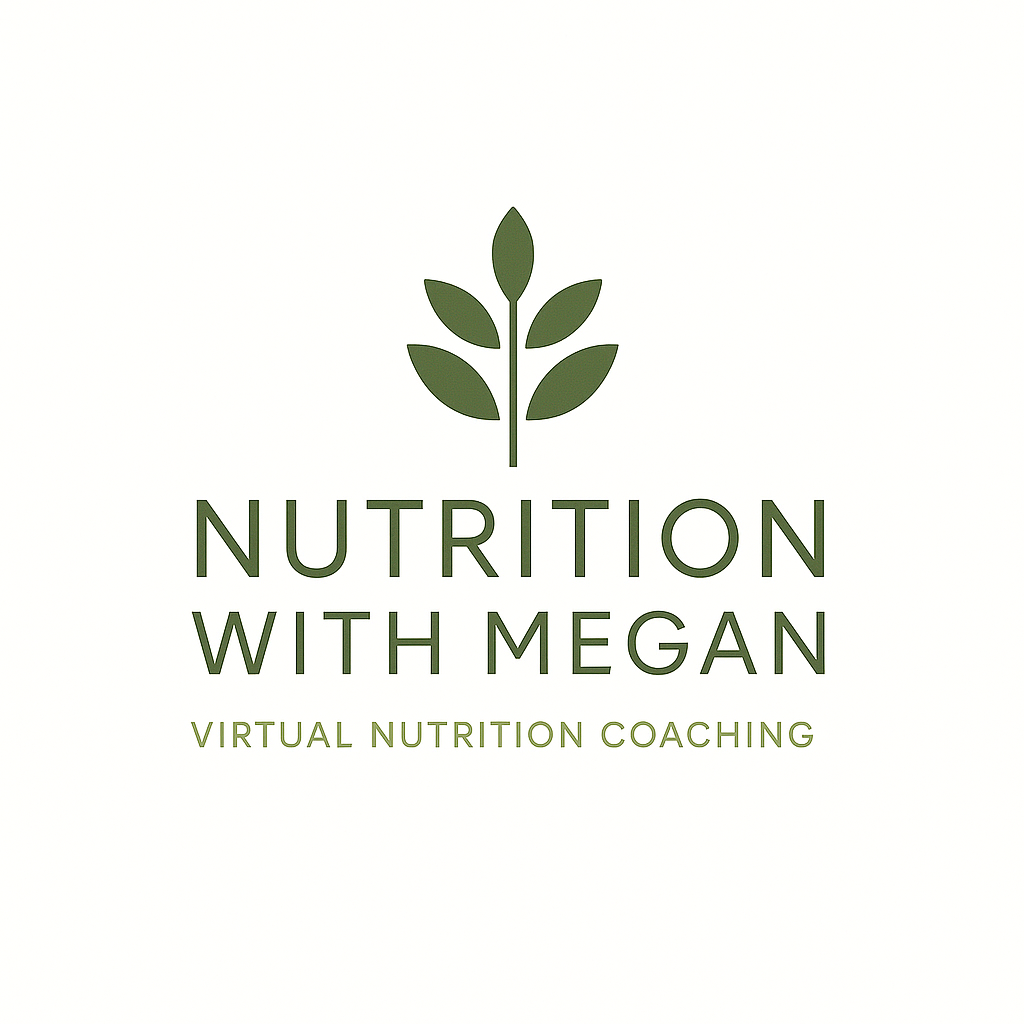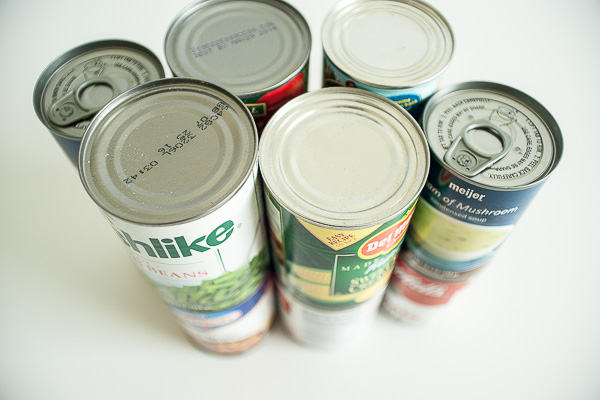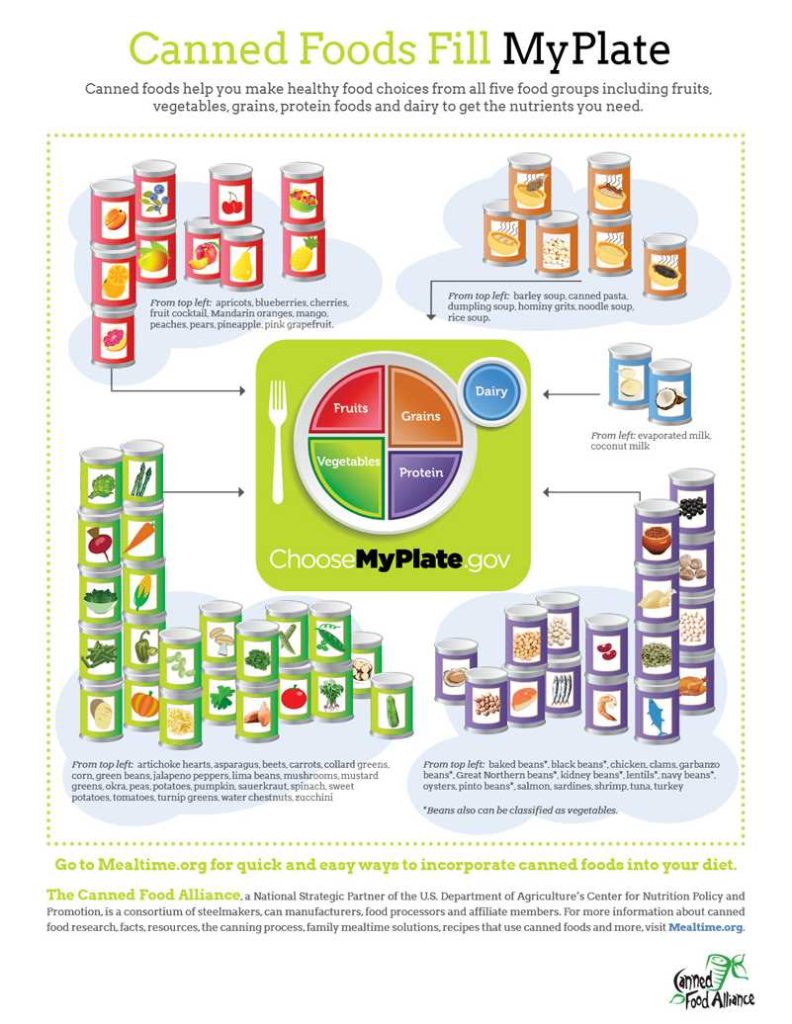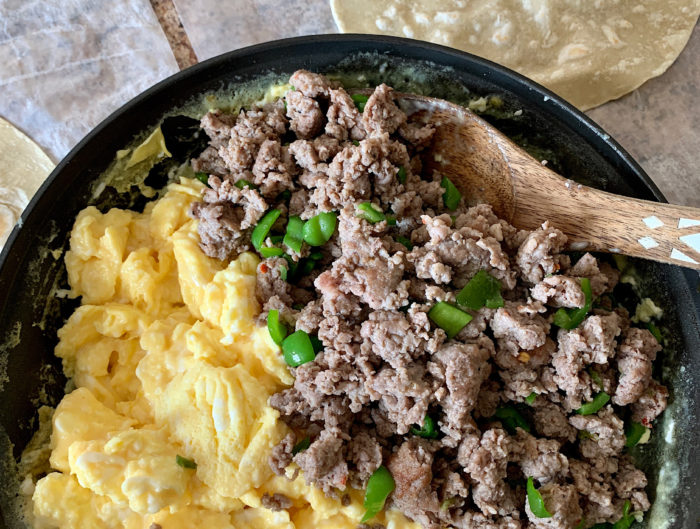I’m going to come out and tell you this in case no one else has:
You can still eat canned vegetables as part of a healthy diet.
I hear a lot of negative talk and misinformation when it comes to the form our vegetables come in. I think we’ve gotten to the point where people know that FROZEN vegetables can be just as healthy as fresh; however, it’s taking more time for acceptance of canned vegetables. So today I’ll share with you why I, even as a Registered Dietitian, eat canned vegetables.
They’re just as healthy
Depending on which can you select, you may have some extra sodium compared to frozen or fresh vegetables. However, the more consumers speak up and vote with their dollar, food companies change their products. As a result, I’m seeing more and more variety of “low sodium” or “no salt added” vegetables. Even if your only option is to purchase a sodium containing vegetable, it’s estimated you can reduce the sodium by as much as 40% by draining and rinsing.
Most people believe they don’t have as many vitamins and minerals. False. In fact, some studies suggest they may even have more! For example, the antioxidant carotene (which is converted to Vitamin A in the body) is more bioavailable in canned carrots and spinach after the mild-heat canning process.1
Hello….they’re cheap!
If you’re on a mission to stick to a budget, sometimes the thought of adding more vegetables to your grocery list can make you start seeing $$$$$. That’s where buying a combination of fresh, frozen, and canned vegetables come into play. The USDA estimates based on current food pricing, $10 can purchase approximately 15 servings of fruits and vegetables, whereas buying a combination of fresh, frozen, and canned, your $10 can stretch to 18 servings.
If your goal is to switch to more Organic produce but are worried about the cost, canned fruits and vegetables can be a great step in the right direction. I’ve even seen stores run sales on their organic canned vegetables making them cheaper than conventional!
They’re an environmentally friendly option
If you’re like most people, you’ve fallen guilty to food waste. You have great intentions to cook at home and then your schedule changes. You now have fresh produce turning not so fresh in your refrigerator or on your countertop. This is where canned goods come in. Since their shelf life is much longer than any fresh produce, you’ll never have to waste money or feel guilty about throwing out your good food gone bad.
An additional perk is these canned vegetables come in the most recyclable food storage container in America. It’s estimated that 70% of steel food can are being recycled! Even if the only items you recycle in your home are steel cans, you can still make a difference in the health of our planet. According to the Canned Food Alliance:
“Using old steel to make new steel also preserves natural resources and energy. For every ton of steel recycled, 2,500 pounds of iron ore, 1,400 pounds of coal and 120 pounds of limestone are conserved. And in a year, the steel industry conserves the equivalent energy to power about 18 million homes for 12 months or enough to provide the city of Los Angeles power for roughly eight years.”2
They help adults and kids eat more vegetables
I think we all know that most Americans are not getting enough fruits and vegetables in our diet and for a variety of reasons. Some of the most common reasons I hear is not liking the taste or texture of certain vegetables. Which is why I always recommend my clients choose from a variety of fresh, frozen, and canned vegetables. Each vegetable you purchase will have a slightly different taste and texture from fresh, frozen, and canned. So try them all! As an added bonus, we are now starting to find solid research that recommending all three forms of vegetables is making a difference in meeting our nutritional needs. See the Infographic below for some new inspiration for adding canned foods to your meals.
“According to the recent Dietary Guidelines Advisory Committee (DGAC) Report, Americans are not meeting dietary goals for vitamins A, D, E, and C, folate, calcium, magnesium, potassium, and fiber. What’s more, they aren’t eating enough fruits and vegetables, which are important sources of these shortfall nutrients. Many canned foods are top sources of these key nutrients, including vitamin D (salmon, tuna), potassium (canned tomato products, beans, spinach), fiber (beans, pumpkin), and iron (canned coconut milk, sardines, chili with beans).”3
I hope you have a new appreciation for all the good that can come from accepting canned vegetables alongside your frozen and fresh vegetables. If you’re needing some inspiration, head over to my recipe for Sheet Pan Egg and Vegetable Hash.
Leave me a comment below with some of your favorite ways to use canned vegetables!
References
1 http://www.ars.usda.gov/ba/bhnrc/ndl
2 https://www.mealtime.org/the-steel-can
3 https://www.mealtime.org/resources/diet-quality-and-nutrient-intake-research
Follow me on social media and never miss a new post!






Leave A Reply